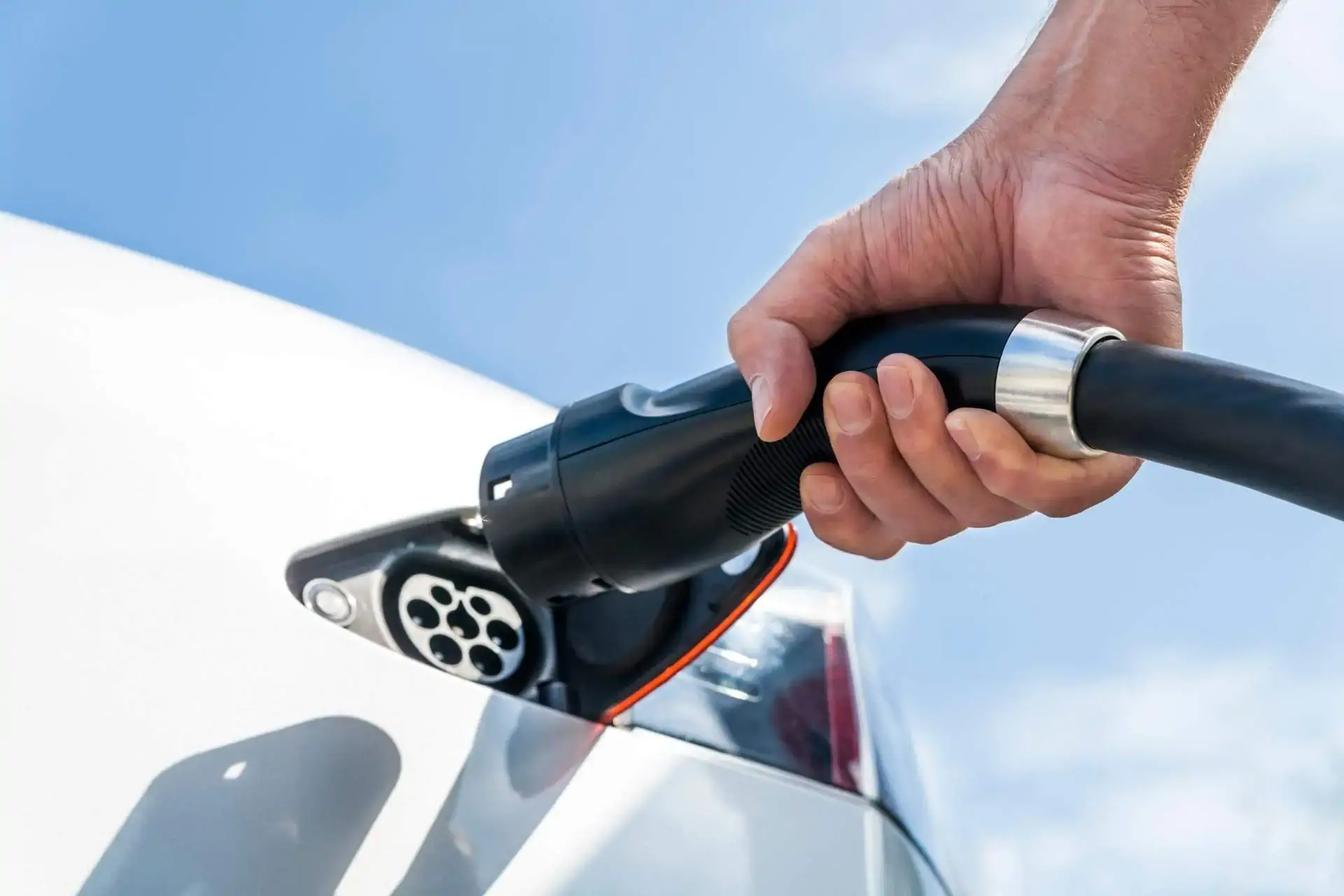When the open road beckons, sometimes the only way to answer the call is by renting a car. Some of the world’s most popular travel destinations, like Hong Kong, London, New York City, Paris, Rome and Toronto, don’t require renting a car because they have excellent public transportation. Others, like Cabo San Lucas, Mexico, Havana, Cuba and Montreal, Canada, are geographically compact and easy to navigate on foot. And some, like Venice, Italy, simply don’t allow cars at all. Nonetheless, there are many destinations (think the south of France and interior parts of the United States and Canada) where having a car can make or break a trip.
With gas prices down, an increasing number of travelers are renting cars to explore the countryside and smaller towns, or planning vacations to places like California’s Pacific Coast Highway or Australia’s Great Ocean Road where the drive is the destination.
Whether you’re headed to Iceland, South Africa, Maine, British Columbia or countless places in between renting a car abroad is often your best bet, not only for convenience but also to see sights only accessible via driving. Here are our tips for renting a car around the world.
Do your rental research
You’ve chosen the destination, now it’s time to determine if you can actually rent a car there. In nearly all corners of the world, it is possible to rent a car. However, the rules about eligibility vary and can depend on factors like your age, the type of license you have, and which company you are renting the car from (a local mom-and-pop shop versus an international chain). Contact the embassy or consulate in the country you plan to visit or consult with your travel agent, rental car company or guidebook to determine the eligibility requirements for driving legally during your international stay.
Get licensed and insured
Plan ahead to determine what the license and insurance requirements are to drive legally while abroad. Some countries may permit you to drive with your home country’s driver’s license and/or an International Driving Permit. Other countries may require a local driver’s license, which may necessitate some advanced planning or may not be available to non-residents. To determine the requirements, consult the embassy or consulate of the country you plan to visit.
In some cases, your driver’s license from your home country won’t be enough to allow you to legally drive in another country. For times when your driver’s license isn’t enough, the International Driving Permit, in conjunction with a valid driver’s license, allows travellers to drive for a short-term period in up to 150 foreign countries.
The International Driving Permit is not a license but an official translation of your license and includes the driver’s name and photo and translates your driver information into 10 languages. An International Driving Permit must be issued by the Canadian Auto Association (CAA) and can’t be renewed or obtained anywhere else. The permit is valid for one year, or until your Canadian driver’s license expires – whichever happens first. Remember that if you get stopped by local police, you will be expected to show both your driver’s license and the International Driving Permit.
Not all countries require the International Driving Permit to drive, but it may be required to rent a car. Drivers must be 18 years old to apply for an International Driving Permit and in order to get one, must have a valid Canadian provincial driver’s license along with two passport size photos and a signed and completed application form. If you apply at the CAA store, you’ll have your International Driving Permit within the hour, but if you apply by mail, it can take three weeks, so make sure you leave yourself enough time.
Most car rental contracts and fees include insurance, but it can be pricey. It’s a good idea, and often required, to have car insurance when renting a car abroad. Before you sign and drive, it’s best to consult your current car insurance company to determine if you have coverage abroad already. If you are renting a car using your credit card, check your credit card policy to see if car insurance is included as well. Make sure to read the fine print as credit card insurance is often only applicable if you decline the rental car company’s insurance. Finally, if you have purchased travel insurance, see if the policy extends to any accidents or injuries that may occur from renting a car.
It’s important to determine if your existing car insurance coverage meets the minimum requirements of your destination country. It’s best to buy insurance that is equivalent to what you have at home. However, your current policy may not be as robust when you use it abroad. Make sure your policy includes liability insurance. If you find you are under-insured, shop around. You can often buy additional insurance in your home country, your destination country or from the car rental company. Finally, if you are travelling to more than one country, be sure the insurance you buy covers you in all the countries you plan to visit.
Shop around
It pays to be a savvy shopper. Here are some tips for getting the best deals on your vacation wheels:
- Book in advance, particularly in high season in smaller locales where the inventory and options may be limited. It may often be cheaper to bundle the rental car when booking air and hotel.
- Booking and paying before the trip often makes the rental process easier. Plus, you lock in the exchange rate on the date of booking and avoid any potential language barriers.
- Rates may be cheaper if you avoid renting from the airport and book in advance.
- If you’re renting a car in Europe, try to book through a company that is a participating member of the European Car Rental Conciliation Service, an organization that helps customers with unresolved complaints concerning cross-border vehicle rentals within Europe. No matter where you rent or go, always confirm with the car rental company where you can and cannot drive the car.
- Ask about hidden fees. Rental car companies are known to tack on charges for a variety of things, including underage drivers (typically drivers younger than 25); overage drivers (typically drivers older than 70); fuel; weekend rentals; late drop-off; using GPS equipment and more.
- Ask about discounts. Great places to look include frequent flyer programs, credit card companies, automobile associations, senior citizen discounts and travel websites or agencies.
- Size matters: Be sure to reserve the right size car for your group. If you are a family of four or someone in your group is tall, a compact car may not be the way to go.
- Manual versus automatic. In many countries, manual transmissions are the standard issue. If you can’t drive a stick shift, be sure to order a car with automatic transmission but expect to pay extra for this.
Safety first
Before you drive out of the lot, take the following precautions and inspect the car before buckling up. Check the following:
- Fuel level: Rental car companies are famous for sky-high charges for refilling the tank. Be sure you are departing with a full tank.
- Look under the hood: Check the oil and windshield wiper fluid to ensure all fluids are at the proper level. It’s no fun stopping to add oil on the side of the road instead of having fun in the sun.
- Kick the tires: Check the tire pressure.
- Inspect the paint job: Walk around the car and look for any signs of damage from previous renters, including nicks, dings and scratches. Be sure the rental car personnel notes any damage, so you aren’t liable later on.
- Interior inspection: Look around the car for any stains, tears in the seat cushions or any other interior damage. Turn on the radio, air conditioning/heater and GPS to ensure all are working. If you will be driving in an area that has toll booths, inquire about renting a digital scanner to efficiently pay tolls along the way (note: many car rental agencies charge a fee for this service, but having the device will save you time and take away the stress of ensuring you have enough change toll after toll). Same goes for destinations that require special driving permits.
- Snoop around: Look in the glove compartment to ensure a copy of the registration for the car is inside should you be stopped by local police and asked to provide a copy.
- Know how to call for help: Whether the car has broken down or you have been in an accident, make sure you know how to call for help. Check with the country’s embassy or consulate, a travel guidebook or the car rental agency for the emergency numbers in the country you are visiting. Despite all your planning, a flat tire, a breakdown or an accident may be unavoidable.
- Buckle up, even if it isn’t the law, as wearing a seatbelt can be a lifesaver.
Know the rules of the road
You got the keys to your new ride but, before you pull out of the parking lot, make sure you know the rules of the road, especially in far-flung locales where the road signs may not be in your language. In addition to confirming basics, like which side of the road to drive on, local speed limits, basic signs like stop, and where to park legally, be sure to ask the car rental agency personnel about local customs or obscure laws to be aware of before shifting into drive. For example, it may be illegal to talk or text on your cell phone, so be sure to understand the cell phone laws in your destination. Thieves looking to grab goodies from cars is such a concern in Turks & Caicos that some car rental agents actually verbally warn renters not to lock their doors as they will be stuck with steep fees if windows are broken during an attempted smash and grab. The rationale is keeping the doors unlocked makes it easy for would-be thieves to check the car for items to steal. Some countries in Europe like Switzerland and Austria require the purchase of special road permits (often called vignettes) instead of paying tolls to use their divided highways. These can be purchased at border crossings, gas stations and post offices, but check to see if your rental car already has one.
Drivers can obtain a copy of the foreign country’s driving laws before the trip from the embassy or consulates, foreign government tourism offices, or the car rental company in the foreign country.
Getting around
Dog-eared maps are a necessity even with the current variety of travel and navigation apps. They’re important in places where cell phone coverage is lacking and a great backup when technology fails. That said, many rental car companies offer the option to rent a GPS device, which may be more convenient and cheaper than using your own and paying to download international maps. Try to map out your route digitally and physically before getting behind the wheel.
(Main image: iStockPhoto/g-stockstudio)



